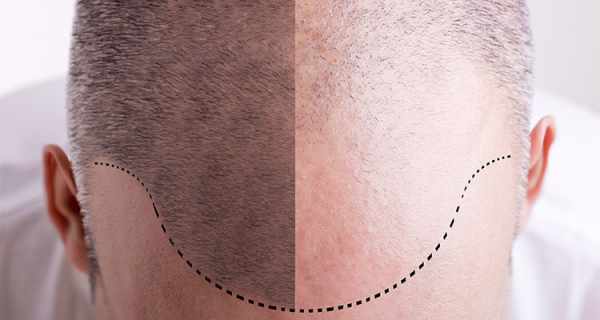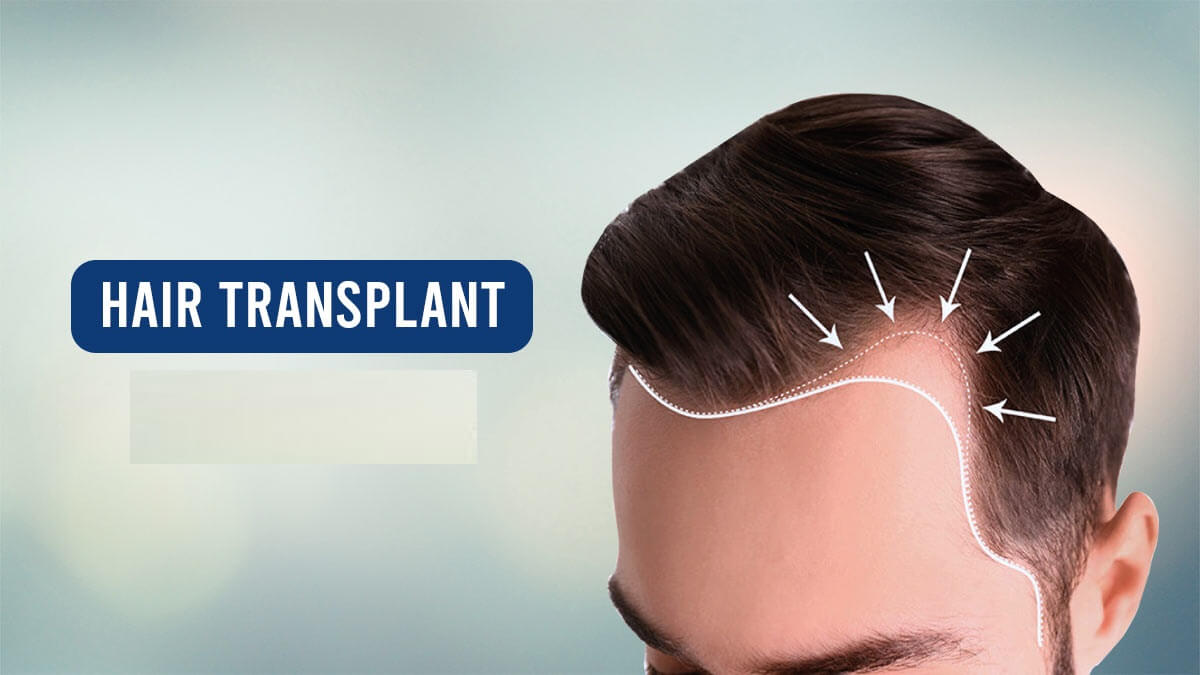Take a minute to think of the number of times we check our hair in the mirror as we pass by, the number of times we touch or brush our hair and think about the innumerable ways in which we can style it. The answer will be, “several times”, for most. Hair is your crowning glory and the symbol of beauty. Regardless of how much money we have, what we do for a living, or how perfect and flawless our body and attire may be when our hair isn’t right, we don’t quite feel right.
Then suddenly, you start seeing hair here, hair there and hair everywhere…coming out in clumps, clogging the bathroom sinks, leaving endless strands on the floors, leaving signs on your pillow, comb and hair accessories… The first signs of hair loss inevitably lead to panic. Home remedies are blindly followed off-the-shelf hair oils, masks, and God knows what else are hurriedly bought to control hair loss and if possible restore it to its former self. Even the visits to numerous salon or spa for trims and haircuts increases.
More often than not, hair loss is nothing more than a signal of internal imbalance arising out of poor health, lack of adequate nutrition in our diet and stressful lifestyle. But, sometimes hair loss is irreversible in men and women due to some disorder. The most common type is Male pattern thinning (MPT) and Female pattern thinning(FPT) which leads to baldness. Click here to learn about MPT and FPT.
Baldness is no longer something you HAVE to endure. The key lies in early detection and prevention and control. But do you want your hair back? There are many solutions, but the most effective and permanent is Hair Transplant. In our earlier blog, we spoke about the 5W’s of Hair Transplant which gave a complete knowledge of Hair Transplant for an amateur.
So, here, we are going to tell you the ten things you must know before going for a Hair Transplant.
1) The hair which is transplanted, is it permanent?
Yes, it is. The transplanted hair will permanently grow for life. It will not thin or fall off after transplantation. You can choose either a FUT or FUE method. In both methods, hair grafts are taken from donor area (part of the scalp not affected with baldness). The most superior technique that can be used is the AHI technique (available in India at RichFeel Clinics, in alliance with Ailesbury Hair Clinic of London).
2) Does transplanted hair grow?
As you know, the area where hair follicles are extracted is called the reliable donor area. This area is mainly the back of the head and ears, which is not affected by the action of DHT hormone which causes pattern hair loss. So as long as the hair in the donor area continues to grow, the transplanted hair will also continue to grow too. To ensure your hair is permanent:
- During a hair transplant, hair should be taken only from the back of your head or near ears and not from any other area.
- Do hair transplant with an expert clinic with a skilled surgeon.
- Follow the doctor’s advice and use medication as prescribed.
3) Will I have to take any medication for life after hair transplant surgery?
No, it is not necessary to take any medication after a hair transplant because transplanted hair is permanent. However, one must understand transplant is done to cover the existing bald patch. One may still face hair loss among the non-transplanted hair in the front portion of the head. Hence, efforts and treatments need to be taken to maintain the overall health of the hair.
4) Is the procedure painful?
It is a surgical procedure and certain discomfort is expected. Steps are however taken to ensure comfort and speedy recovery. The technique that is used and the expertise of the surgeons who carry out the procedure dictates the experience.
You can opt to go with a specialized clinic that has surgeons with high expertise; and where advanced techniques such as the AHI method of hair transplant is offered. This is one of the most innovative techniques available now that ensures that you are back to your routine within just 3 days.
One of the other things you need to check when doing the surgical procedure is to see how modern and hygienic the operating room is. Ask about the clean room protocols followed to maintain the hygiene of the operating room.
5) When can I see the final results of transplanted hair?
After 2-3 months of the surgery, a few follicles start growing, and within 10-12 months you can see the final results.
6) Who is the right candidate for Hair Transplant?
- There is no age barrier provided you are medically fit to undergo the procedure. However, as per Indian laws, any patient below the age of 18 will need parent/ guardian consent.
- Smokers cannot go ahead with surgery. They will need to stop smoking completely for at least 2 weeks, prior to surgery.
7) Does this procedure have any side effects?
- Hair transplant surgery has negligible to no side effects associated with it.
- Hair transplant surgery cannot treat a hair loss problem caused due to a genetic disorder.Therefore, the person will continue to experience hair loss even after the surgery. This can, however, be handled with prescribed hair care treatments and tips.
- Hair transplant is an invasive procedure and leaves a temporary but negligible scar. However, the scar disappears completely after 8 to 10 months of recovery.
8) If you need a second hair transplant in future? When can you do it?
To avoid repeated transplants, we recommend preventive treatment. However, if you are in advanced stages of baldness and need more than one transplant to cover existing bald patch, the frequency between transplants depends on the donor area. If your donor area can support two sessions in consecutive days, it can be done just the next day. However, we recommend a gap of 6 months.
9) Can body hair from chest, beard & underarms be used for hair transplant?
Body hair of different parts has different characteristics as regards length, the rate of growth, colour, texture and thickness. Body hair does not grow as long as the hair on the head. So it doesn’t look aesthetically suitable. There is a limitation on the number of grafts that can be extracted and the survival rate on the scalp is also not very good.
10) Is it normal to lose transplanted hair?
Yes within 1-2 months after the hair transplant, the transplanted hair sheds & starts growing again after three months, just as the hair on any other part of the head.
Did you find this article useful to clear your doubts about Hair Transplant and whether it is the right solution for you? If not, we are happy to help you. Leave your worries to our hair experts!



